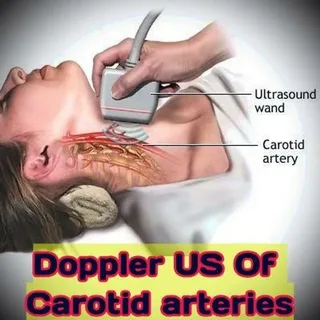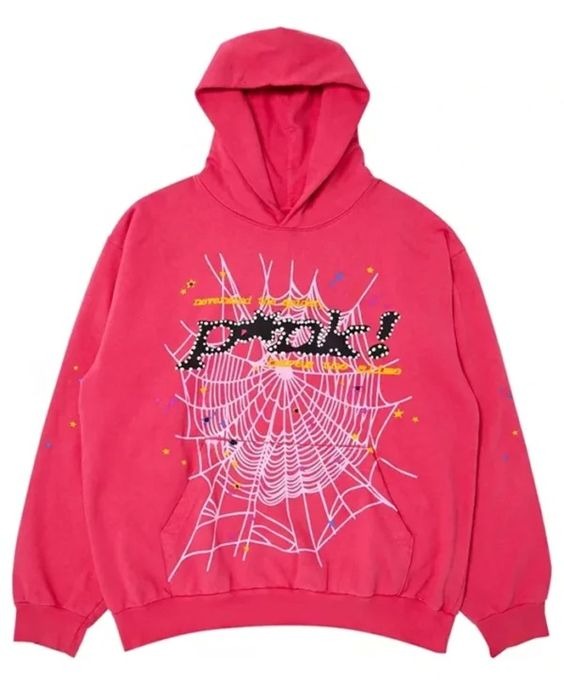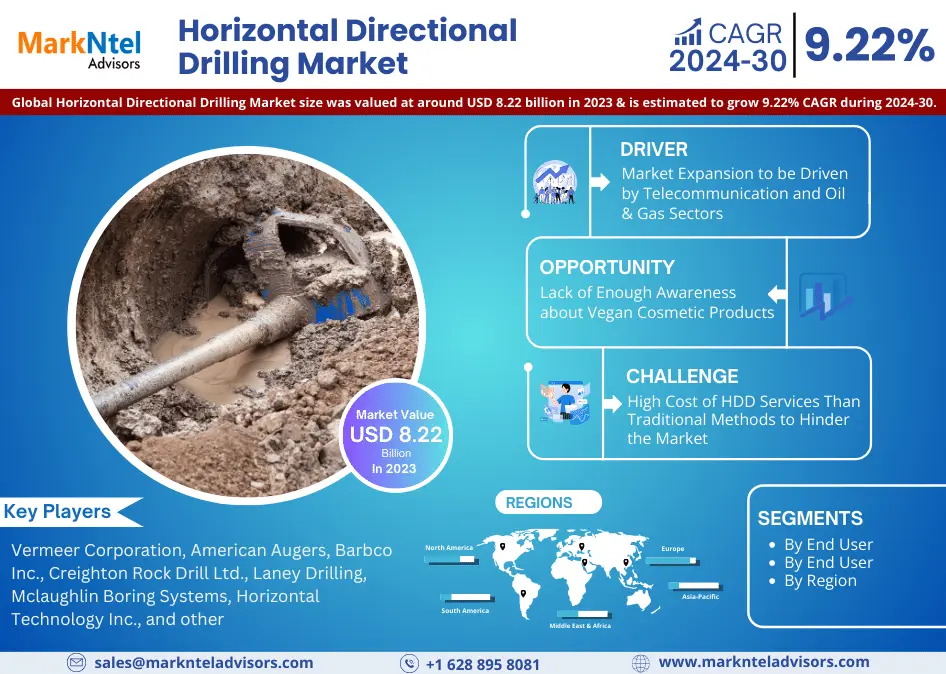As industries evolve, so too do the methods and technologies used for packaging liquids. The future of liquid packaging and liquid contract packaging is shaped by innovation, sustainability, and efficiency. In this article, we’ll explore the trends and advancements that are defining the future of these vital sectors.
The Rise of Sustainable Liquid Packaging
Sustainability has become a core focus for many businesses, and the liquid packaging industry is no exception. Consumers are increasingly demanding eco-friendly packaging solutions, pushing companies to adopt sustainable practices. Biodegradable materials, recyclable packaging, and reduced carbon footprints are becoming essential components of liquid packaging strategies.
Innovations like plant-based plastics and reusable containers are gaining traction. Brands that prioritize sustainability not only appeal to eco-conscious consumers but also enhance their market positioning. By embracing these changes, companies can meet regulatory demands and consumer expectations, ensuring their products remain competitive.
Smart Packaging Solutions
The future of liquid packaging is also intertwined with technology. Smart packaging solutions, which include QR codes, RFID tags, and IoT capabilities, are transforming how brands interact with consumers. These technologies provide valuable data insights and enhance customer engagement, allowing brands to communicate directly with their audience.
For example, consumers can scan a QR code to access detailed product information or promotional offers, creating an interactive experience that fosters brand loyalty. Smart packaging can also monitor product freshness and detect tampering, ensuring safety and quality throughout the supply chain.
Liquid Contract Packaging: A Growing Trend
Liquid contract packaging is gaining popularity as businesses seek to streamline their operations. This model allows companies to outsource their packaging needs to specialized providers, focusing on core competencies while ensuring high-quality packaging.
Contract packagers bring expertise, efficiency, and scalability, making it easier for brands to adapt to changing market demands. This flexibility is especially important in the fast-paced liquid packaging industry, where consumer preferences can shift rapidly. By partnering with contract packagers, businesses can reduce costs, improve turnaround times, and maintain consistent quality.
Embracing Automation and Advanced Technologies
Automation is revolutionizing the liquid packaging landscape. Advanced machinery and robotics are enhancing production efficiency, reducing labor costs, and minimizing human error. Automated systems can handle everything from filling and sealing to labeling and palletizing, ensuring that products are packaged quickly and accurately.
Additionally, the integration of AI and machine learning in packaging processes allows for real-time monitoring and predictive maintenance, further optimizing operations. Companies that invest in these technologies will gain a competitive edge, as they can respond to market changes with agility and precision.
Conclusion
The future of liquid packaging and liquid contract packaging is bright, marked by sustainability, technological innovation, and efficiency. As businesses adapt to changing consumer demands and industry trends, those that embrace these advancements will thrive. By focusing on sustainable practices, leveraging smart packaging solutions, and optimizing operations through automation, companies can position themselves for success in this dynamic market.
As we look ahead, it’s clear that the evolution of liquid packaging will continue to shape how products are delivered and consumed. Brands that stay ahead of the curve will not only meet consumer expectations but also contribute to a more sustainable and efficient future.







